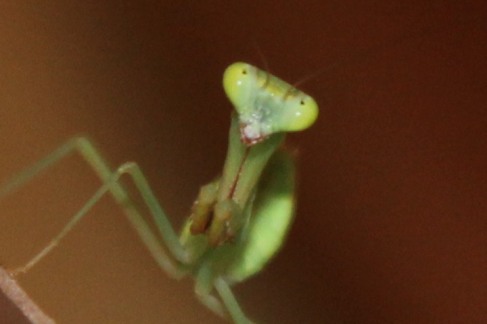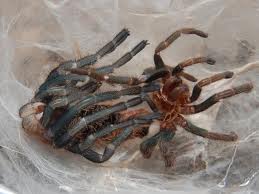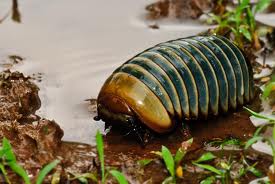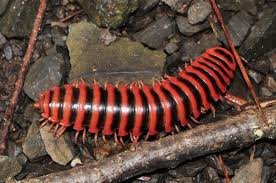Bugs… Pests or Pals?
Most people may think of bugs in a variety of different ways… gross, pests, disgusting, ugly… The list could go on infinitely. But a select few, very special people out there think of bugs as other things…. Interesting, cool, beguiling, even as pets. At least, that’s what I think of them. I love bugs. And what most people of the world don’t know, many bugs aren’t pests, just misunderstood creatures that need a home.
For example, cockroaches. 99% of cockroach species aren’t pests. In fact, most species live as far as 500 miles away from people’s homes. Take madagascaran hissing cockroaches for instance. These roaches live far away from human habitation, and are strictly fruit and veggie eaters, with the occasional carrion snack. These roaches may look and seem like pests, but they are really harmless little beings with no intention to hurt. And without these decomposers, we could be waist deep in our own filth!
Another example of a bug that’s more helpful than harmful is spiders. When most people look at spiders, they may get the chills, or even emit a little shriek. But there is no reason for it. They, like cockroaches, can be helpful. They eat the flies and mosquitoes in your house. They keep the aphids out of your yard. So, these little (and sometimes big) guys are only here to help, and will only bite if harmed or scared. I for one have caught a black widow with only a cup and guess what? The spider didn’t attack me. It didn’t jump up and bite me. Instead, it calmly walked into the cup without so much as a little nip.
So I hope you now understand that bugs cannot only be pests, they can be pals! I own 2 tarantulas, a scorpion, two millipedes, a black widow, and a centipede and I have never been hurt by them. And I even hold some of them! So go out, anywhere in nature, and observe bugs in the wild, or even buy some as pets if you’re up to it! Here are some helpful sites for ordering bugs with caresheets: http://www.llreptile.com, http://www.roachcrossing.com, and http://www.bugsincyberspace.com. Please comment about your fears of any bugs, and I will listen. Thanks for reading.
Related articles
- Can Cockroaches Jump? Meet the Leaproach. (blogpestcontrol.com)





















